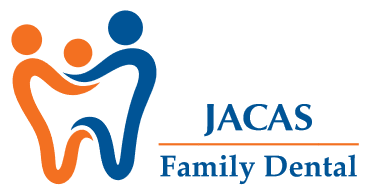Pediatric Periodontal Disease: What Your Should Know

Periodontal disease can strike any age person, including children and teens. Also referred to as gum disease, periodontal disease is a severe bacterial infection that can destroy gums and supporting structures of the teeth are left unchecked.
The leading cause of pediatric periodontal disease is poor hygiene habits. Improper brushing and flossing allow a buildup of plaque on the teeth. Plaque contains harmful bacteria that stick to the teeth and hardens into calculus or tartar if not removed.
Risk Factors That Increase Risk Of Pediatric Periodontal Disease
Certain things may increase your child's risk for periodontal disease, including:
·Food stuck in the gums
·Poor oral hygiene
·Mouth breathing, which leads to drying of gums and teeth
·Poor diet
·Smoking and use of smokeless tobacco
·Certain genes
·Autoimmune diseases
·Diabetes
·Hormonal changes
·Extensive clenching or grinding of the teeth
·Certain medications that lead to gum overgrowth
Symptoms Of Pediatric Periodontal Disease
Periodontal disease can range from mild to severe in children, with most children presenting the mildest form called gingivitis. Gingivitis causes the gums to become red, swollen, and sore. Most advanced cases of gum disease are not common in children. Typically, gum disease does not cause pain, and your child may not know they have it. Below are some common symptoms of gum disease:
·Red, swollen, sore gums
·Bleeding gums when brushing or flossing teeth
·Gums that pull or recede from teeth
·Loose or separating teeth
·Habitual bad breath
·Pus around teeth and gums
Treating Pediatric Periodontal Disease
Treating periodontal disease in children depends on how severe the condition is and the child's general health. Early intervention through routine dental care is the most effective way to identify and treat pediatric periodontal disease. Your dentist may develop a periodontal treatment plan for your child that includes any or a combination of the following:
· Scaling and root planning: This treatment uses special tools to remove plaque and tartar from under the gums and around the affected tissue during the early stages of gum disease.
· Antibiotics: Antibiotics can be administered in pill form or directly into periodontal pockets to heal the infection.
· Surgery: In advanced cases, surgery may be required to clean, reshape, or replace diseased gums.
Prevention Of Pedadiatric Periodontal Disease
Good oral hygiene and regular dental exams can prevent gum disease. Children who learn to properly care for their teeth by brushing twice daily, flossing, and decreasing sugar intake can keep gum disease at bay.
